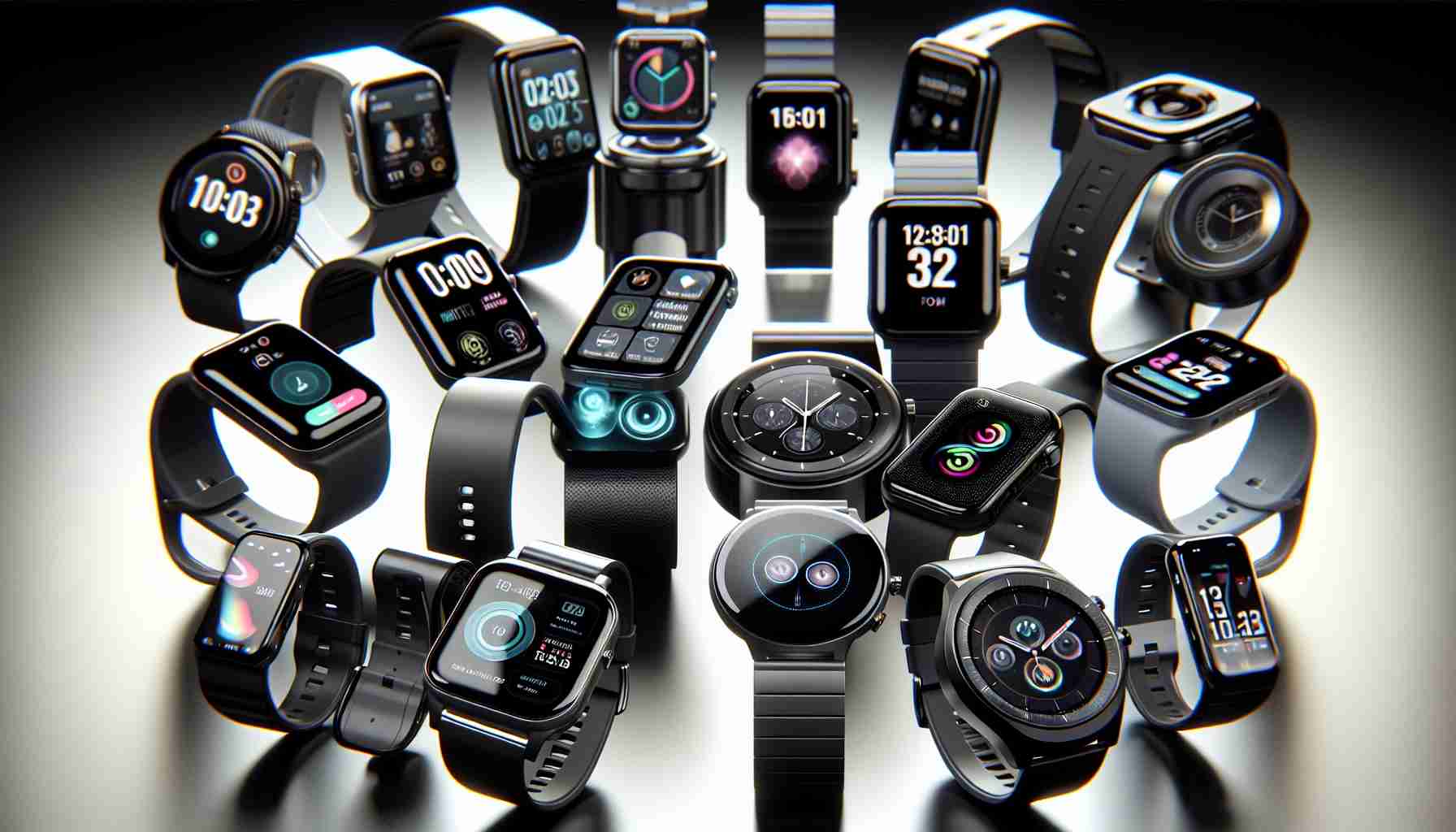Selecting a smartwatch is no small feat, particularly given the diverse array of features and the necessity for compatibility with your current smartphone. For iPhone enthusiasts, the Apple Watch Series 9 is the exclusive option, requiring iOS 17 or newer to operate. On the other hand, if Android is your platform of choice, the Google and Fitbit collaborative device, Pixel Watch 2, is tailored for Android 9.0 and above, isolating iPhone users from its connectivity.
Each watch offers a unique operating experience. The Apple Watch Series 9 boasts the advanced WatchOS 10, which introduces an intuitive Smart Stack of widgets and aesthetically refined user interface. It reinforces familial bonds with its Family Setup feature, providing parental control capabilities without necessitating an iPhone for the kids. Conversely, Google’s Pixel Watch 2, furnished with Wear OS 4.0, emphasizes the Google ecosystem’s synergy with pivotal mobile applications, such as Calendar and Gmail, and an enhanced Google Assistant to smooth out your digital workflow.
The decision between these two tech titans hinges on user preference and necessity. For those seeking a robust health and fitness companion, the Pixel Watch 2’s union with Fitbit’s esteemed health-tracking service may tick all the boxes. In terms of those desiring copious storage, an expansive display, and child-oriented features, the Apple Watch Series 9 might be the ultimate gadget to strap on your wrist.
Understanding the Ecosystem Alignment
Important to consider when choosing a smartwatch is how well it integrates with your current ecosystem. For example, the Apple Watch Series 9 is designed to work seamlessly with other Apple products, benefiting from features such as Handoff, where you can start a task on your watch and continue it on your iPhone or Mac. On the contrary, the Google Pixel Watch 2 leans heavily towards integration with Android and Google’s suite of services, ensuring features like Google Maps navigation, and seamless syncing with Android notifications are optimized.
Health and Fitness Features
Regarding health and fitness, advanced sensors play a pivotal role. The Apple Watch Series 9 may include an ECG monitor and blood oxygen tracking, while the Pixel Watch 2 integrates Fitbit’s comprehensive fitness tracking services. These features are crucial for users who prioritize health monitoring and want to track their workouts, sleep patterns, or even have the watch detect falls.
Style and Customization
The choice might also come down to personal style and the ability to customize the device. Both watches offer various bands and watch faces to fit different tastes and occasions. However, the Apple Watch Series 9 often leads in third-party accessories due to its popularity.
Battery Life Considerations
A significant challenge for smartwatches is battery life. Typically, smartwatches need to be charged daily, which can be a hassle for users. Some users might choose a gadget with longer battery life, even if that means compromising on other features.
Privacy and Data Security
A controversy that occasionally surrounds smartwatches is the handling of user data, particularly health data. Both Apple and Google claim adherence to privacy standards, but users should review the privacy policies to understand what data is collected and how it is used.
Advantages:
– Integrated ecosystems offer smooth interactions between devices.
– Health and fitness features encourage a healthier lifestyle.
– Customization options to match personal style.
– Features like Family Setup on the Apple Watch support child safety.
Disadvantages:
– Limited cross-platform compatibility which could lock users into an ecosystem.
– Daily charging is required, which can be inconvenient.
– Potential concerns over privacy and data handling.
Related resource for further reading on smartwatches can be found at the official sites of the manufacturers: Apple and Google. It’s important to ensure the information is up-to-date and accurate, as manufacturers regularly release updates and new models.
The source of the article is from the blog be3.sk
